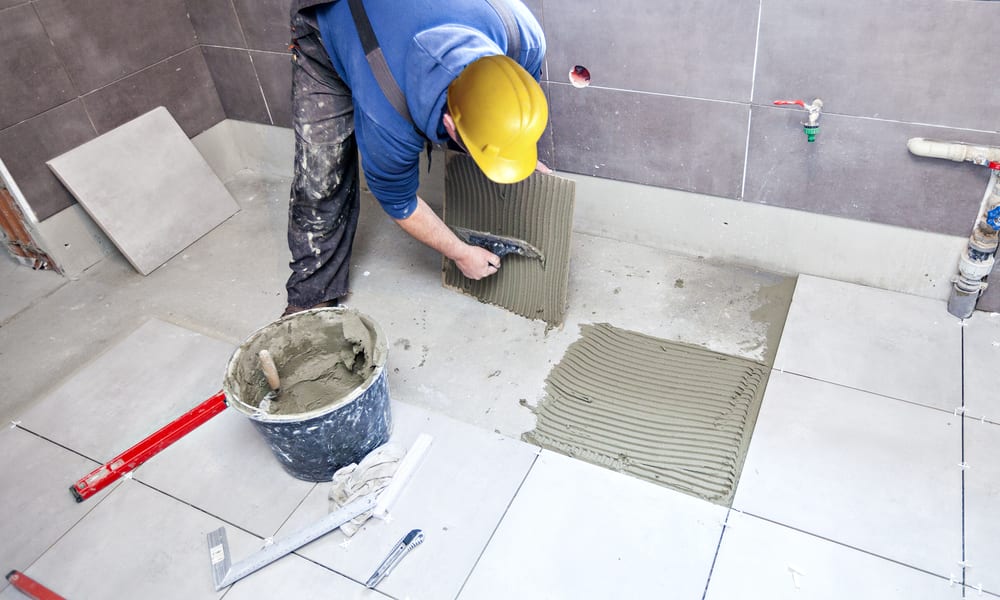Wall Panels: Enhancing Bathroom Design and Functionality
Wall panels have become increasingly popular in bathroom design, offering a blend of style, durability, and practicality. These versatile coverings can transform the look and feel of a bathroom while providing protection against moisture and wear. This article explores the various aspects of bathroom wall panels, from material options to design considerations.

What are the different types of bathroom wall panels and their materials?
Bathroom wall panels come in a wide range of materials, each with its own unique characteristics and benefits. Some common types include:
-
PVC (Polyvinyl Chloride) Panels: Lightweight, water-resistant, and easy to clean, PVC panels are a popular choice for budget-friendly renovations.
-
Acrylic Panels: Known for their high-gloss finish and durability, acrylic panels resist stains and are available in various colors and patterns.
-
Composite Panels: These panels combine materials like resin and natural stone, offering a balance of aesthetics and functionality.
-
Wood-Effect Panels: Made from moisture-resistant materials, these panels mimic the look of natural wood without the maintenance concerns.
-
Stone and Marble-Effect Panels: These panels provide the luxurious appearance of natural stone without the weight and cost associated with real stone.
-
Ceramic Panels: Offering the look of traditional tiles with easier installation, ceramic panels are durable and moisture-resistant.
How do wall panels improve bathroom durability and style?
Wall panels contribute to both the longevity and aesthetics of a bathroom in several ways:
-
Moisture Resistance: Unlike traditional paint or wallpaper, wall panels are designed to withstand high humidity and direct water contact, preventing water damage and mold growth.
-
Easy Maintenance: The smooth surface of wall panels makes them easy to clean and maintain, often requiring just a simple wipe-down to keep them looking pristine.
-
Seamless Appearance: Many wall panel systems feature interlocking designs, creating a smooth, seamless look that can make a bathroom appear larger and more modern.
-
Versatile Design Options: With a vast array of colors, patterns, and textures available, wall panels can complement any bathroom style, from minimalist to luxurious.
-
Concealment of Imperfections: Wall panels can cover existing wall imperfections, making them an excellent choice for renovations or updates to older bathrooms.
-
Durability: High-quality wall panels are resistant to scratches, impacts, and fading, ensuring a long-lasting finish that maintains its appearance over time.
What are some tips for choosing wall panel colors and textures?
Selecting the right colors and textures for bathroom wall panels can significantly impact the overall look and feel of the space. Consider the following tips:
-
Assess Natural Light: In bathrooms with limited natural light, opt for lighter colors to create a brighter, more open feel. Darker colors can add depth and drama to well-lit spaces.
-
Consider Room Size: Larger patterns and darker colors can make small bathrooms feel cramped. For smaller spaces, consider lighter colors or smaller patterns to create an illusion of more space.
-
Create Contrast: Use contrasting textures or colors to add visual interest. For example, pair smooth, glossy panels with textured accessories or fixtures.
-
Complement Existing Elements: Choose panel colors and textures that complement existing features like flooring, countertops, or fixtures to create a cohesive look.
-
Think Long-Term: While trendy colors can be tempting, consider more timeless options that will remain appealing for years to come.
-
Sample in the Space: Before making a final decision, obtain samples of the panels you’re considering and view them in your bathroom under different lighting conditions.
How do wall panels compare to traditional tiling in bathrooms?
When considering bathroom wall coverings, it’s helpful to compare wall panels to traditional tiling:
| Feature | Wall Panels | Traditional Tiling |
|---|---|---|
| Installation Time | Generally quicker | Often more time-consuming |
| Maintenance | Easy to clean, minimal grout lines | Requires grout cleaning and maintenance |
| Water Resistance | Highly water-resistant | Water-resistant when properly sealed |
| Design Options | Wide range of styles and patterns | Extensive variety of tiles available |
| Cost | Can be more cost-effective | Varies widely based on tile choice |
| Durability | Resistant to impacts and scratches | Durable but can crack or chip |
Prices, rates, or cost estimates mentioned in this article are based on the latest available information but may change over time. Independent research is advised before making financial decisions.
What are the installation considerations for bathroom wall panels?
Installing bathroom wall panels requires careful planning and execution:
-
Surface Preparation: Ensure the underlying wall surface is clean, dry, and free from imperfections.
-
Accurate Measurements: Precise measurements are crucial for a proper fit and professional finish.
-
Waterproofing: Apply appropriate waterproofing measures, especially in wet areas like shower enclosures.
-
Proper Adhesives: Use adhesives specifically designed for bathroom wall panels to ensure long-lasting installation.
-
Professional Installation: While DIY installation is possible, professional installation can ensure optimal results, especially for complex layouts or large spaces.
-
Ventilation: Proper bathroom ventilation is essential to prevent moisture buildup and extend the life of your wall panels.
Wall panels offer a practical and stylish solution for bathroom design, combining durability with aesthetic appeal. By considering factors such as material type, color, texture, and installation requirements, homeowners can select wall panels that enhance both the functionality and visual appeal of their bathrooms.




